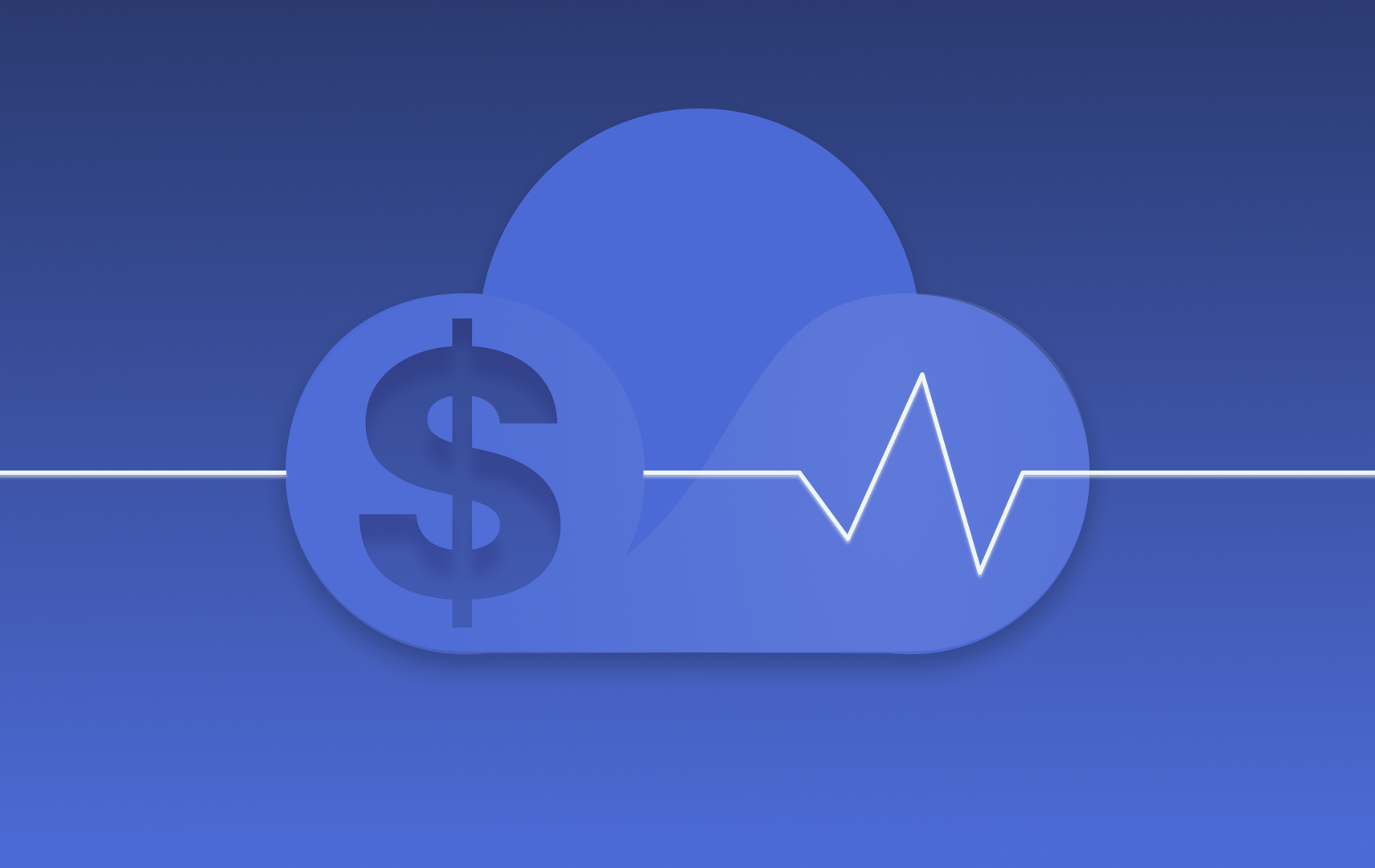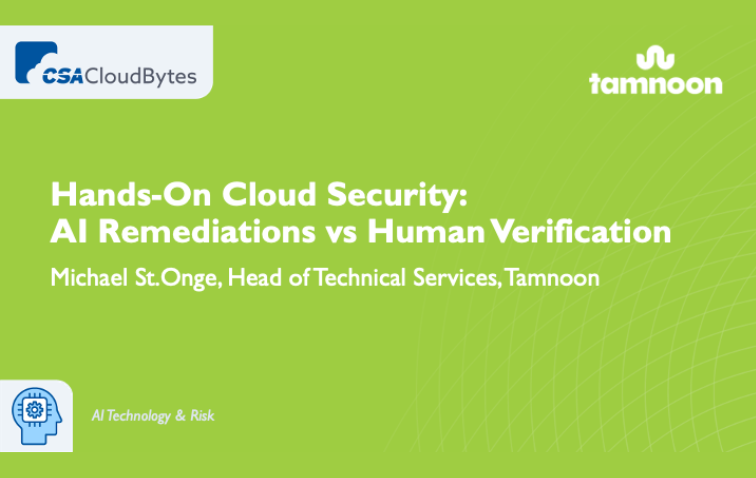Errors in cloud security remediation can have devastating consequences, given the complexities of these ecosystems.
It shouldn’t be surprising that 31% of cloud data breaches result from misconfigurations or human errors — making it the leading cause ahead of exploits and authentication issues.
Cloud security remediation is all about finding, prioritizing, and fixing vulnerabilities throughout cloud-based infrastructure. If security teams make errors during remediation, the vulnerability may be left unchecked, and even more significant issues may be introduced.
How can you prevent errors during remediation to strengthen security across the ecosystem? You’ll need to be aware of key challenges that enable errors and follow effective best practices to ensure remediation strategies truly enhance security.
In this post, we’ll break down everything you need to know to refine your remediation programs so they’re truly an asset to the business — not another liability.
4 Main Challenges of Effective Cloud Security Remediation
Security remediation in cloud environments is far from a simple task — it’s one of the most complex things security teams face.
Several factors contribute to this complexity and, in turn, can make it time-consuming and error-prone.
Awareness of the core challenges that can hinder effective cloud security remediation is the first step in overcoming them. So, let’s review critical challenges and how you can overcome them.
Alert Fatigue
Alert fatigue is a significant challenge facing modern security teams. Cloud environments and supporting platforms generate a significant volume of security alerts, many of which can be false positives or entirely irrelevant. This is nothing new, but considering the sheer volume of alerts that must be addressed, security teams often struggle to prioritize and act on critical issues.
This high volume can cause engineers to overlook or underestimate vulnerabilities and misconfigurations that enable risks to become a future reality. Alert fatigue can have dire consequences, as attackers can exploit overlooked weaknesses before remediation efforts occur.
Overcoming this challenge requires leveraging leading-edge technologies and services that can assist in remediating vulnerabilities while prioritizing other issues. Having simpler vulnerabilities like misconfigurations quickly addressed reduces the workload on security teams and prioritizes work queues based on criticality.
Lack of Context
Security issues in the cloud often span several levels: the individual asset level, environment level, and organizational level. Teams need to understand how vulnerabilities interact at these different layers to accurately assess the full scope of the issue while avoiding unintended consequences.
For example, a S3 bucket that’s publicly accessible is often considered bad. However, the context of the bucket is what matters most. That same bucket in a development account with no sensitive data is far less dangerous than one in a production environment with customer data. We need to prioritize our remediation efforts around the publicly accessible bucket first.
Remediation efforts can be misguided or incomplete without the right context, leading to persistent vulnerabilities and risks. It’s vital to equip the experts with the right tools to understand the full context of high-priority vulnerabilities.
Complexity of Cloud Environments
Modern cloud environments are increasingly complex, making remediation even more difficult than in previous years. Cloud environments often comprise interdependent services, applications, and infrastructure. Changes made to one system can affect other systems in ways that aren’t always immediately clear.
Each layer of complexity must be considered when addressing and remediating security vulnerabilities. Cloud data security can be highly challenging due to this complexity, and a single overlooked misconfiguration can create an attack vector for a critical data breach.
Gaining a clear understanding of all the resources in need of remediation for a specific vulnerability can be challenging, requiring expertise and effective supporting platforms.
Straining Already Overworked Security Teams
It’s no secret cybersecurity teams are facing an uphill battle to keep their organizations safe. For every vulnerability that’s identified, there’s a lengthy process that follows to ensure it’s fixed. This puts a lot of strain on security teams.
Here’s a quick breakdown of what happens when a new vulnerability is discovered:
- Start by investigating the vulnerability and verifying it’s real.
- Track down the owner of the application and notify them.
- Coordinate with necessary teams to fix the vulnerability without disrupting production.
- Validate what systems and processes the vulnerability will impact
Of course, all of this is in a perfect world. Sometimes, the different steps can drag on, or higher-priority issues may pop up. Other times, it can be nearly impossible to coordinate schedules to fix the vulnerability.
The reality is cybersecurity rarely happens in an isolated, perfect world.
Understanding Cloud Security Remediation Errors
Each challenge we’ve explored above contributes to the possibility of errors during remediation. When considering the high stakes of remediation, even a small error can lead to enabling a devastating cyber attack or failing a compliance audit.
For example, imagine a credential leak that leads to an attacker performing an elaborate supply chain attack on your customer’s infrastructure by infecting a binary. You’ll have an immediate financial loss and lasting reputational damage that can take years or decades to recover from.
The consequences of errors can be devastating, such as executing a supply chain attack, where an attacker exploits a vulnerability to compromise a customer’s infrastructure.
A vulnerability that is not fully addressed can remain dormant, waiting for the right attacker to exploit it at any time. Even after a remediation process, any lingering undetected vulnerabilities could become a ticking time bomb for organizations.
Key Best Practices to Prevent Cloud Security Remediation Errors
The potential for errors during remediation is significant, making it mission-critical for organizations to follow best practices to minimize mistakes. With the right approach, organizations can ensure remediation is handled effectively and securely.
Ensure Effective Handoffs Between Teams
The cloud security teams that identify and evaluate vulnerabilities will typically hand off their findings to cloud engineers or DevOps teams. This process must be smooth and offer the necessary clarity for DevOps to effectively implement the necessary changes.
Cloud security orchestration and remediation often go hand in hand at this stage. Security engineers must clearly explain the vulnerability and how it might impact the wider infrastructure.
Additionally, recommended mitigation strategies should be clearly outlined, and the potential risks of implementing the given change, including possible risks and errors during implementation, should be identified. Those implementing mitigation controls need to be equipped with enough information to deploy changes and avoid possible issues.
Integrating with existing processes can go far in enhancing communication and visibility between teams. This allows for scenarios where security findings, remediation instructions, and potential risks can be documented and tracked transparently.
Leverage Cloud Security Tools and Automation
Cloud security remediation relies on efficiency and accuracy; otherwise, you may introduce new problems as you attempt to solve existing ones. A single error can enable a costly data breach, making adopting tools that prevent these errors mission-critical.
Fortunately, automation can significantly reduce human error during the remediation process. Tools that can auto-patch common vulnerabilities like misconfigurations can significantly reduce the workload and volume of alerts on security teams.
Cloud security tools like Tamnoon integrate with popular threat detection platforms to assist your team’s remediation efforts. From suggesting fixes and creating verified engineering tasks to providing context for alerts — Tamnoon protects organizations using a hybrid, human-in-the-loop approach.
Adopt a Continuous Monitoring and Feedback Loop
Security teams should adopt a feedback loop where they constantly assess whether their remediation measures have worked and adjust based on new findings. This process involves adopting the right tools for streamlined communication and supporting workflows to implement error-free remediations.
Conducting a regular cloud security assessment is a foundational process for cloud security and must include evaluating the effectiveness of remediation processes and previously implemented mitigation strategies. Identifying errors during an assessment also helps understand how they were made and how to prevent them in the future.
Overall, implementing a continuous approach helps identify patterns of common errors and adopt processes or tools to address those mistakes in future remediation efforts.
Upgrade Cloud Security Remediation with Tamnoon
Preventing costly cloud security remediation errors is an ongoing challenge for cloud and security professionals.
What may seem like a minor error can have rippling effects throughout the complex cloud environment, enabling an expensive and damaging cyber attack.
Fortunately, organizations can reduce the risk of errors by understanding and executing the best practices we’ve explored above. Adopting the right platforms to identify vulnerabilities and enable clearer communication is critical to error-free remediation.
Tamnoon offers an industry-leading cloud security remediation platform, allowing continuous, autonomous identification and prioritization of possible vulnerabilities. Our highly configurable platform can fit right in with your existing processes and create clear organizational benefits.
Looking for a better way to overcome human error in your cloud security? Book a demo today to discover how Tamnoon unlocks advanced cloud remediation strategies, to prevent costly errors.












